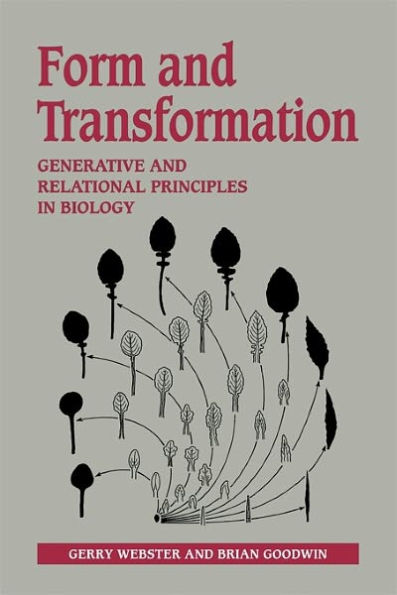5
1
9780521207430


Form and Transformation: Generative and Relational Principles in Biology available in Paperback

Form and Transformation: Generative and Relational Principles in Biology
- ISBN-10:
- 0521207436
- ISBN-13:
- 9780521207430
- Pub. Date:
- 04/28/2011
- Publisher:
- Cambridge University Press
- ISBN-10:
- 0521207436
- ISBN-13:
- 9780521207430
- Pub. Date:
- 04/28/2011
- Publisher:
- Cambridge University Press
58.99
In Stock

Product Details
| ISBN-13: | 9780521207430 |
|---|---|
| Publisher: | Cambridge University Press |
| Publication date: | 04/28/2011 |
| Edition description: | Reissue |
| Pages: | 302 |
| Product dimensions: | 6.00(w) x 8.90(h) x 0.80(d) |
From the B&N Reads Blog
